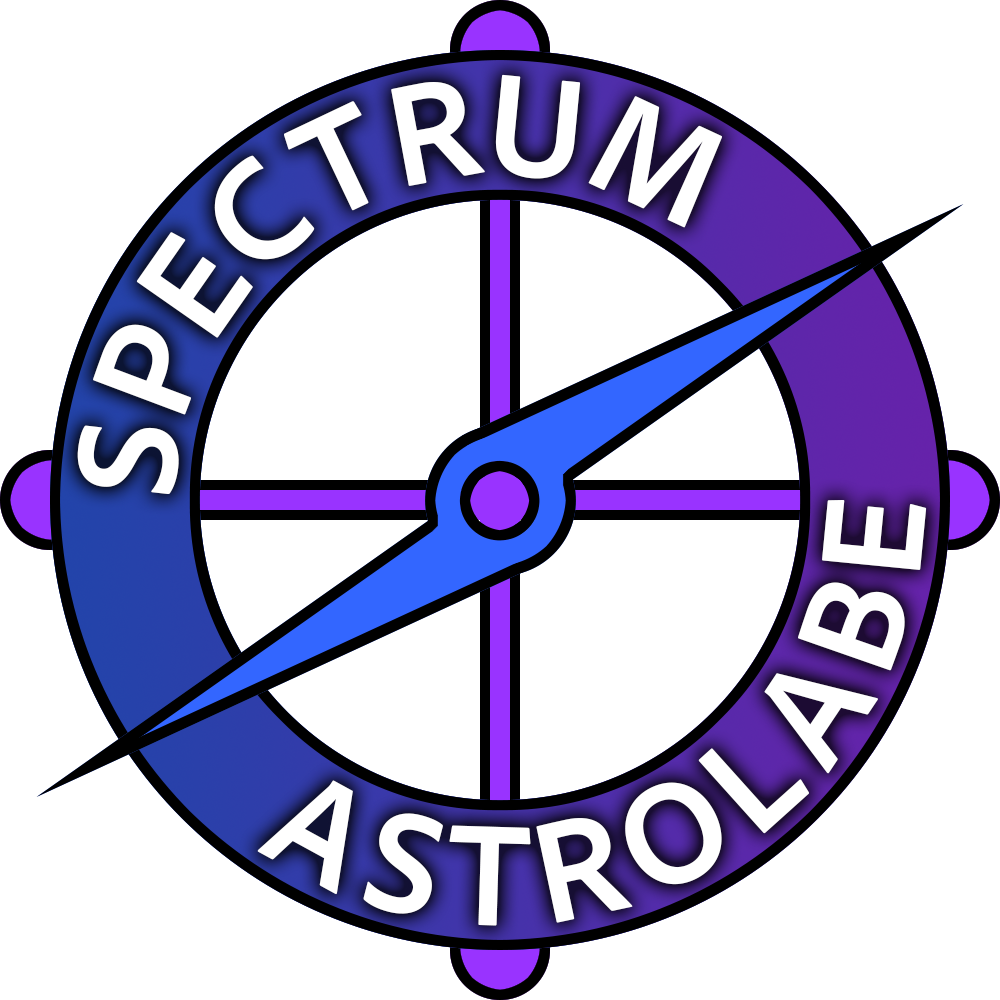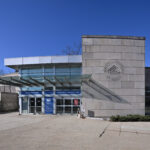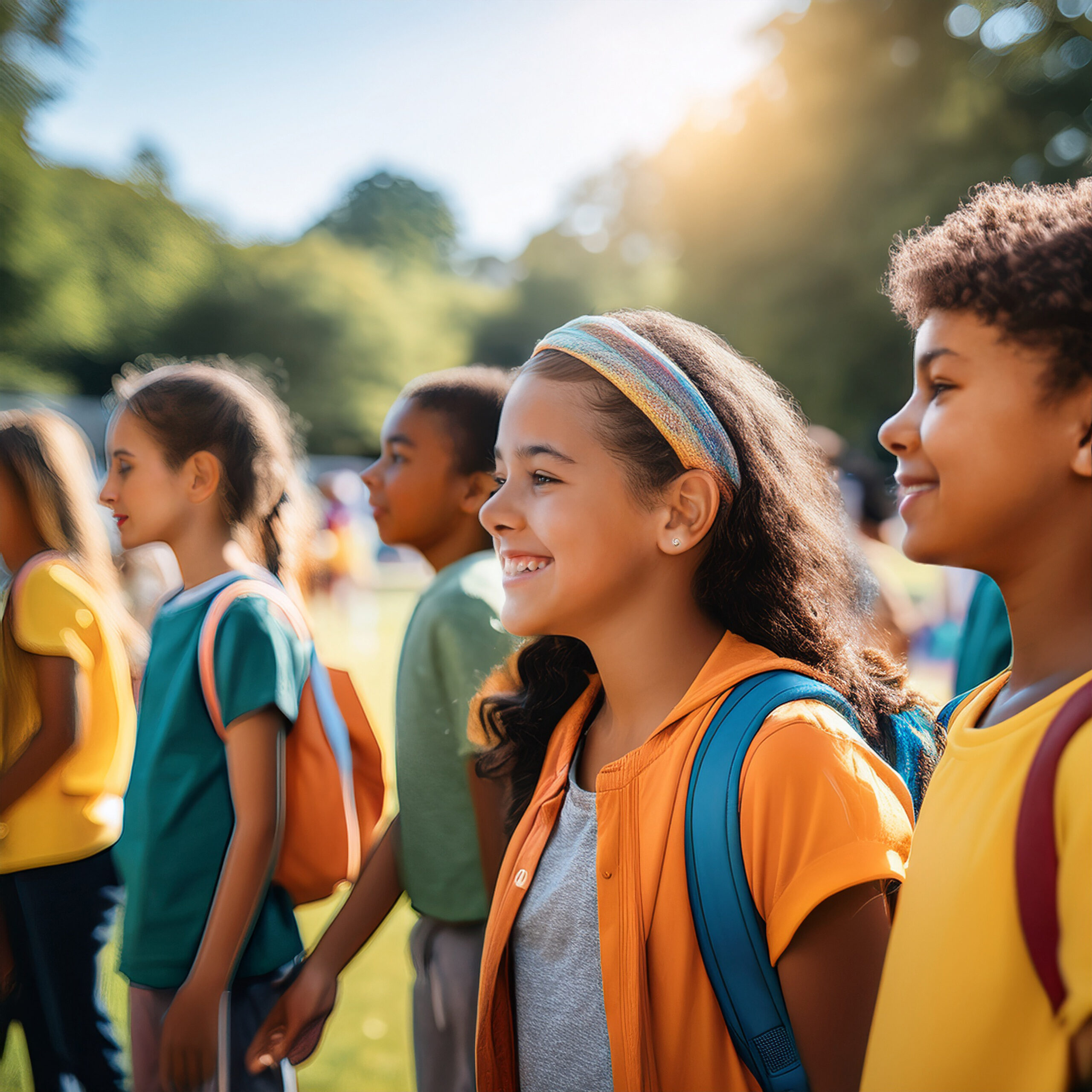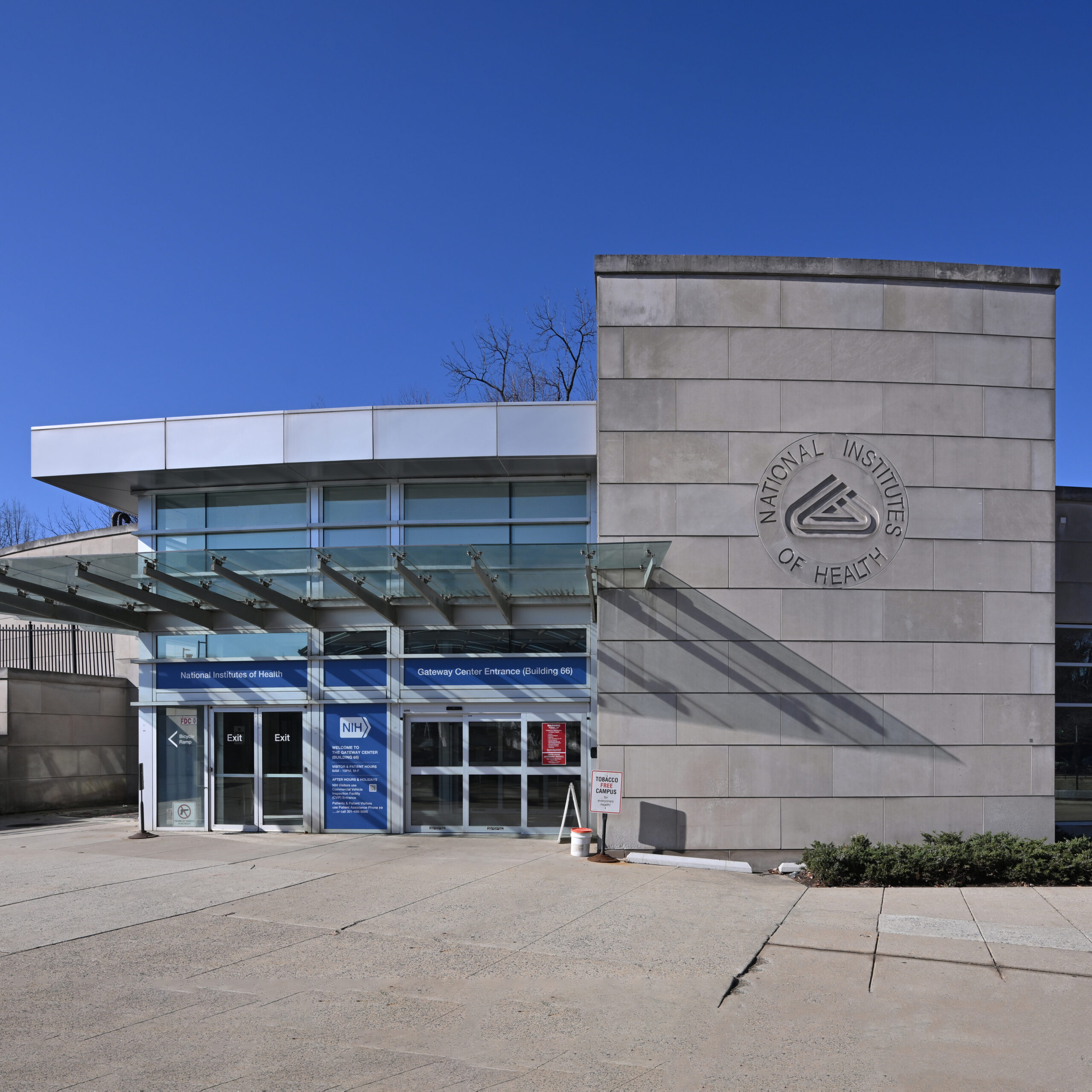If you have ever attended a typical high school field day, you know the drill: whistles blowing, music blaring, kids darting between stations, and the whole scene buzzing with energy. For many, it is a rite of passage. But for neurodiverse students, especially those with sensory sensitivities, these events can feel less like a celebration and more like a gauntlet.
So what happens when a school flips the script and builds a field day around sensory inclusion? At Shadle Park High School in Spokane, Washington, that question got a vibrant, joyful answer this spring.
Designing for Comfort and Not Just Competition
Traditional school events often leave neurodivergent students on the sidelines, not by intention but by design. The noise, the crowds, the unpredictability, these can be overwhelming for students who process the world differently. As one special education teacher, Toni Hoke, put it, “A lot of times, other events, like sports and athletic events, are really loud and difficult to be in. So this, it’s really designed just for them.”
Shadle Park’s adapted field day, the first of its kind in the district, welcomed more than 200 high schoolers in special education. The event was a patchwork of sensory-friendly activities: a petting zoo, wheelchair basketball, a bouncy castle, and hands-on sensory stations with gel water beads, giant bubble wands, and a dark tent filled with colored lights and musical stuffed animals.
The organizers, including special education teacher Darby Schmidlkofer and speech-language pathologist Kelleigh Krelkamp, had a clear goal. Inclusion was not just a buzzword, it was the blueprint. “Inclusion is paramount and at the forefront of our brain always. We want to make sure that students feel as though they’re getting their actual high school experience,” Schmidlkofer explained.
Why Sensory-Friendly Spaces Matter
Research and lived experience both tell us that neurodiverse students thrive when their sensory needs are respected. Sensory-friendly environments, whether in classrooms or at events, can mean the difference between participation and withdrawal. Flexible seating, quiet corners, and access to sensory tools like noise-canceling headphones or fidgets help students self-regulate and stay engaged.
One parent once shared, “When we stopped trying to force our son to fit in and started celebrating what made him unique, everything changed. He’s happier, and so are we.” That shift, from expecting conformity to designing for diversity, is at the heart of sensory-friendly education.
Field days like Shadle Park’s are not just about fun and games. They are about building a sense of belonging. As Jill Jaquess, a director of special education from another district, noted after a similar event, “What is unique about each activity is how it has been modified so that either individually, with a peer, or assistance from a volunteer, all students can participate.”
A Day to Remember
For many students, this field day was their first time joining a big school event without fear or discomfort. One attendee spent nearly half an hour at the petting zoo, gently brushing a miniature pony’s mane and humming softly, completely at ease. That is not just a cute moment; it is a sign that the environment was working.
Staff were ready to offer breaks and support, and nobody batted an eye at stimming or self-soothing behaviors. As Darby Schmidlkofer put it, “It’s such a pivotal time in their life, and we want them to feel involved and actively participate.” When you see a student who usually avoids crowds laughing with friends in a bubble station, you realize just how high the stakes are.
The Bigger Picture Inclusion as Transformation
Events like these are more than a feel-good story. They are a blueprint for what true inclusion can look like. As Diane Richler once said, “Inclusion is not a strategy to help people fit into the systems and structures which exist in our societies; it is about transforming those systems and structures to make it better for everyone.”
We know that sensory-friendly design benefits all students, not just those with formal diagnoses. Visual schedules, movement breaks, and quiet spaces are good for everyone. When we make space for neurodiversity, we make space for humanity.
So next time you are planning a school event, ask yourself, who is missing out, and why? What would it take to make sure everyone feels like they belong? Sometimes, all it takes is a little creativity and a lot of listening to turn field day into a day where everyone can just be themselves.
Citations
- The Spokesman-Review. (2025, June 3). Hundreds of special education students convene in first ever sensory friendly field day. https://www.disabilityscoop.com/2025/06/03/school-field-day-goes-sensory-friendly/31476/
- Model Teaching. (n.d.). Creating a sensory friendly classroom for students with autism. https://www.modelteaching.com/educational-articles/special-education/sensory-friendly-classroom
- Frenship ISD. (2024, May 23). Frenship hosts adaptive field day for students with disabilities. https://www.frenship.net/apps/news/article/1937542
- Learning for a Purpose. (n.d.). 25 special education quotes about inclusion. https://www.learningforapurpose.com/special-education-quotes/
- Autism Spectrum News. (2022). Supporting sensory diversity building inclusive classrooms. https://www.autismspectrumnews.org/supporting-sensory-diversity-building-inclusive-classrooms/









